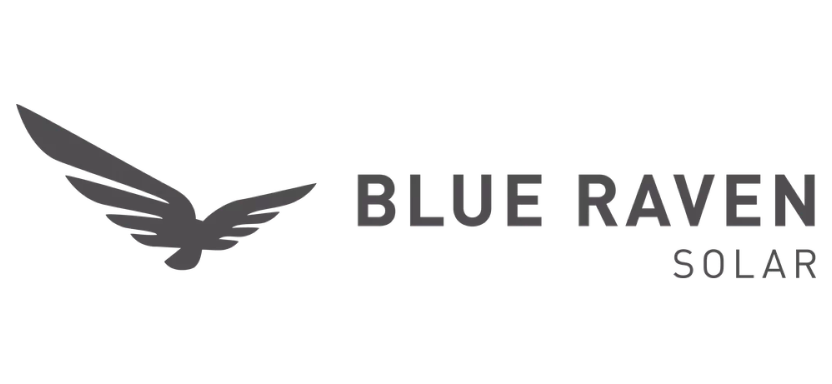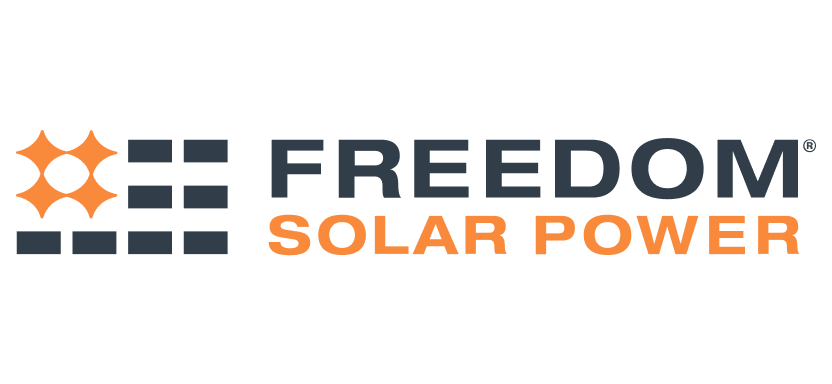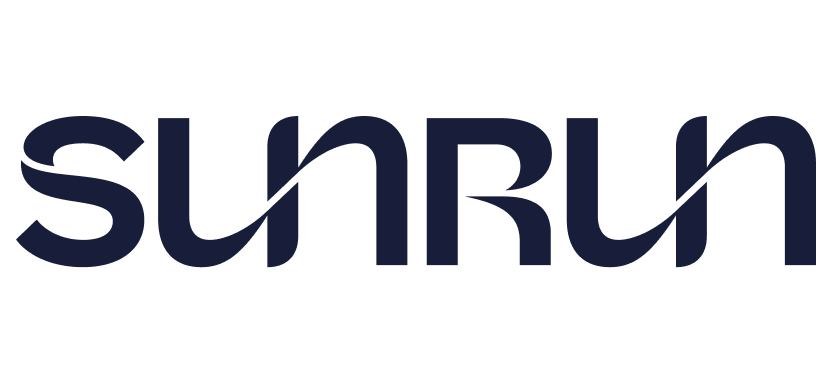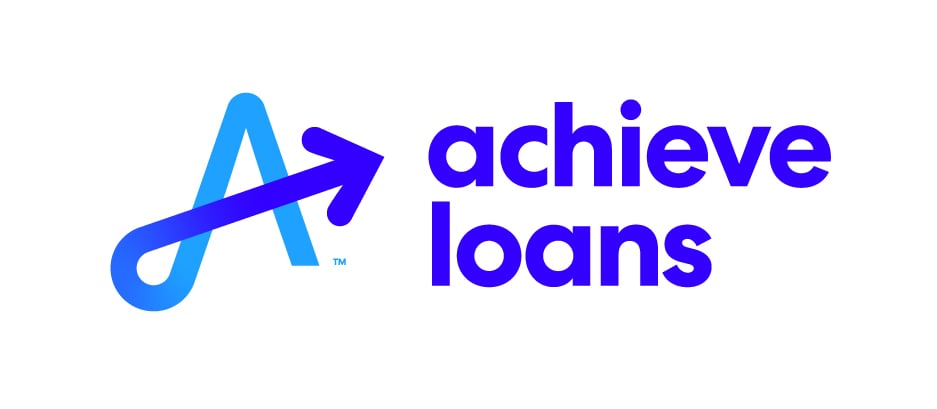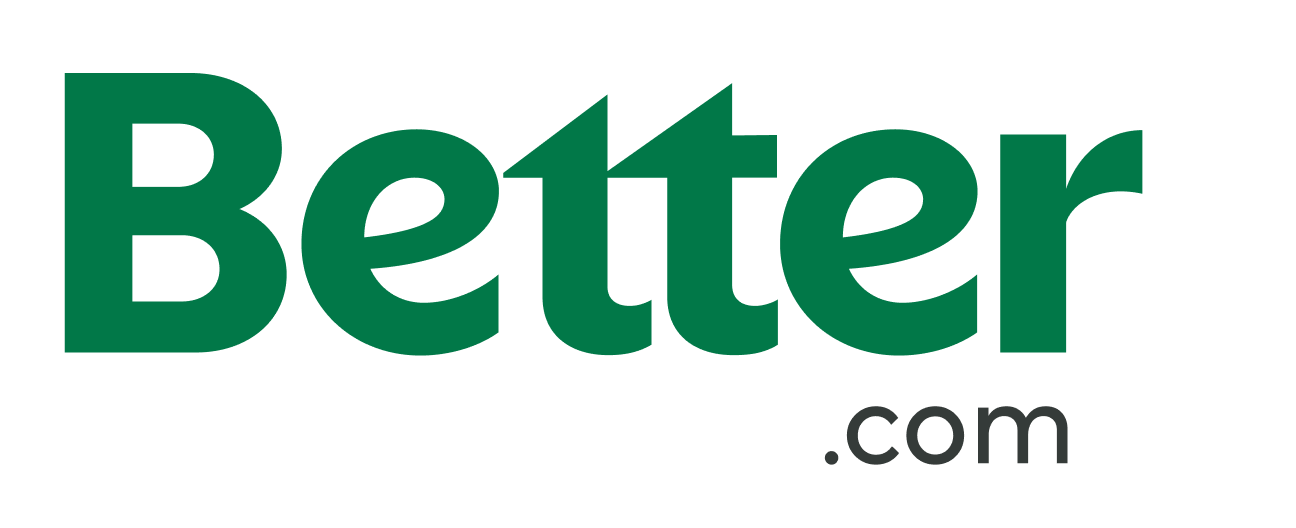Blue Raven Review 2025: Cost and Options
This solar company has good customer satisfaction scores and is available in 19 states.Blue Raven Solar, which operates in 19 states, is an excellent option for homeowners who prioritize a company’s track record and strong customer satisfaction ratings. It designs residential solar systems with optional battery storage.
Blue Raven Solar, which was part of SunPower’s bankruptcy assets, became part of Complete Solar in 2024.
Blue Raven, which was acquired by SunPower in 2021 but still operates under its own name, earns the highest customer satisfaction ratings among companies we’ve surveyed. It offers a solid 10-year workmanship warranty — which includes roof leak coverage — and mostly installs panels and inverters that come with 25-year manufacturer warranties. Also nice: Blue Raven says it will directly handle repairs or replacements related to manufacturer defects in the first two years after installation.
Our take on Blue Raven
Overall | 4.5 NerdWallet rating |
Pricing transparency | 1.0 NerdWallet rating |
Workmanship warranty | 3.0 NerdWallet rating |
Product/equipment warranty | 5.0 NerdWallet rating |
Production guarantee | 1.0 NerdWallet rating |
Customer satisfaction | 5.0 NerdWallet rating |
This snapshot shows some factors that we consider when rating a solar company and is not representative of the full evaluation process. | |
What we like about Blue Raven Solar
Blue Raven has several good things going for it, including:
Solar battery options for storage. Blue Raven offers three options for batteries, giving homeowners options for budget and storage capacity with their systems.
In-house installers. The company has its own installers instead of third-party contractors.
Good customer satisfaction scores. Compared to other companies we reviewed, the company has good customer satisfaction ratings on several consumer websites, including SolarReviews.com, ConsumerAffairs and the Better Business Bureau. It has more than 4 out of 5 stars on all three websites.
What we don’t like about Blue Raven Solar
A few things we wish were better about Blue Raven include:
No pricing transparency. Like its competitors, Blue Raven doesn’t publish prices, so you have to provide your contact information to get a quote.
Limited transparency about solar panels. The company says that availability of its solar panel brands depends on location, and it doesn’t publish a full list of the brands it installs.
Solar energy systems with financing options
Blue Raven Solar’s services
Blue Raven sells and installs several brands of monocrystalline solar panels, including REC, Trina, QCells, Jinko and other brands. Availability depends on a customer’s location, so you’ll have to get a quote to find out which brands Blue Raven can install on your home.
Blue Raven also can install solar batteries. A solar battery allows you to store solar power for use later, such as when there’s a power outage or the weather or time of day prevents your system from producing enough power. It offers solar batteries from FranklinWH and Tesla.
The company offers maintenance and repair services as well. It doesn’t estimate how long it takes technicians to respond to service requests on average, only stating that response times vary based on several factors, including location.
» MORE: Are solar panels worth it?
How much does Blue Raven Solar cost?
Blue Raven doesn’t publish its pricing, which is common among solar companies. To get an idea of how much a system will cost, you have to provide your name, ZIP code, phone number and email address for a quote.
According to the Solar Energy Industries Association, the average cost of a residential solar system is around $25,000 before tax incentives and rebates. However, several factors influence the total cost of a solar system, including your system’s design, how you pay for the system and financing terms (if applicable).
» MORE: How to compare solar panel quotes
Blue Raven Solar’s payment options
Blue Raven offers various loan options. Notably, its BluePower Plus+ option comes with:
No down payment. BluePower Plus+ customers don’t have to pay any money upfront for the design, permitting and installation of their panels.
Fixed interest rates and monthly payments. This means your total cost won’t fluctuate with interest rate volatility.
No monthly payment for the first 18 months. Blue Raven sends BluePower Plus+ customers a check each month for the first 18 months of their loans to cover their monthly payments.
Unlike with leasing programs, solar loans allow you to purchase and own your system. This means you can qualify for a federal tax credit of up to 30% of the cost of your system. Your state might also offer tax incentives.
Blue Raven doesn’t charge customers for paying off their loans early. If you sell your house, the loan and ownership of the equipment can transfer to the new owners.
Blue Raven partners with financial lenders to provide solar loans. Each lender’s eligibility criteria is different, but homeowners who want to borrow from one of the company’s major lenders, GoodLeap, must have a credit score of at least 650. Customers must have a credit score of 680 or higher to qualify for the BluePower program.
The company doesn’t publish all of its lenders’ terms, such as annual percentage rates (APRs) or origination fees.
» MORE: Estimate your monthly solar loan payments with our calculator
Blue Raven Solar’s installation process
The company is similar to its competitors when it comes to its installation process. Blue Raven generally follows these steps with new customers:
Custom proposal. It reviews your energy usage, roof type and other things to design your system.
Installation agreement. The company sends you the installation agreement. This is when you give them the go-ahead or decide to back out of the process.
Site evaluation. Someone from the company visits your house to finalize the system’s design.
Permitting. The company requests necessary permits from the city and works with your homeowners association (if applicable).
Installation. Blue Ravel employees install your system.
Inspections. Inspectors from your city and your utility provider will visit your home to sign off on the system.
Activation. You turn on your system to start creating solar energy.
Full-time employees install Blue Raven systems, and the company says most installations take up to two days, depending on the size of the system. However, the entire process from a consultation to turning on your new panels takes longer.
» MORE: Do solar panels increase home value?
Blue Raven Solar’s warranties
Warranties for the installation
Blue Raven warranties its installations for 10 years, which includes repairing roof leaks related to the installation. It also warranties your system’s power production for two years, which is a short term compared to many competitors’ guarantees. The production guarantee is that your system will produce at least 81% of the system’s designed production.
Warranties for the equipment
Specific solar panel and equipment warranties depend on which brands you choose for your system. The manufacturers provide these warranties, not Blue Raven. However, Blue Raven says it handles your manufacturer warranty claims for you for free during the two years after installation and guarantees that the equipment it installs comes with at least a 25-year equipment warranty.
« MORE: How long do solar panels last?
Blue Raven Solar's availability
Blue Raven installs systems in 19 states: Colorado, Florida, Idaho, Illinois, Indiana, Kansas, Kentucky, Michigan, Minnesota, Missouri, Nevada, North Carolina, Ohio, Oregon, South Carolina, Utah, Virginia, Washington and Wisconsin.
Customer reviews and experiences
NerdWallet considered customer reviews from three review websites to get a wider perspective of customer experiences. We’ve highlighted the most common themes, keeping in mind that online reviews tend to lean toward negative experiences.
SolarReviews.com: 4.52 out of 5. ConsumerAffairs: 4.7 out of 5. Better Business Bureau: 4.25 out of 5.
What customers like about Blue Raven Solar
Some customer reviews highlight the company’s fast installation, with many saying their systems were installed within a day. Reviews also note that employees are professional and helpful, including the installers and company representatives. Customers say the company isn’t pushy about making sales, so they didn’t feel pressured into a decision.
What customers don’t like about Blue Raven Solar
Many negative reviews say that Blue Raven dropped the ball on getting their systems up and running when promised. Some customers are frustrated that their systems don’t produce as much energy as they expected. Customers also describe bad experiences with having to talk with different departments to solve issues with installations, which makes it difficult to keep track of progress.
Alternatives to Blue Raven Solar
Freedom Solar handles the entire solar installation process in-house from start to finish without using outside contractors, unlike competitors that rely on service networks. It installs solar panels from two main brands — REC and Mission Solar — and offers top-notch warranty coverage. Its loans start at 0% APR. Freedom Solar currently installs new systems in Texas and Florida.
» MORE: Read our full review of Freedom Solar
Sunrun offers solar leases with as little as $0 down. Although we prefer loans and cash purchases because they give you ownership of the system and the ability to qualify for tax credits, the leasing option has lower upfront costs than some options and includes maintenance, which could make it a more appealing choice for some. Sunrun’s solid warranty coverage also makes it a good pick.
» MORE: Read our full review of Sunrun
Palmetto offers a strong track record and more transparency around financing than most installers. It also offers some loans with no origination fees.
» MORE: Read our full review of Palmetto Solar
Can I get financing for a solar panel system?
In addition to tax incentives and rebates, there are options available. Many solar installers offer financing, but you may also be able to finance your solar investment through a home equity loan or home equity line of credit (HELOC). These options may have lower interest rates than financing with an installer, future opportunities for refinancing and possible tax benefits.
Home equity loans and HELOCs are ways to borrow against the value of your home, converting equity into cash. With a home equity loan, you receive a lump-sum payment and then pay it back at a fixed interest rate over an agreed period of time, typically from five to 30 years. HELOCs are more akin to a credit card, something you use as needed. You’ll usually have 10 years to draw from the line of credit, during which time you only have to pay interest, and after that you pay both the principal and interest. HELOC interest rates typically are variable, meaning your monthly payment could rise or fall over time. And with each of these options, you're using your home as collateral.
» COMPARE: Pros and cons of home equity loans and HELOCs
Another option is a solar loan. Many banks, credit unions and online lenders offer these to fund solar panels and installation, with amounts typically from $1,000 to $100,000, and annual percentage rates ranging from 6% to 36%. They function like a personal loan: you receive a lump sum and repay it in equal monthly installments over a set period, typically two to seven years. And unlike with home equity financing, there is no collateral required for a solar loan. This means your home or solar panels aren’t at risk if you miss payments, but you may have to pay late fees.
So, yes, you likely can get financing. If you go this route, compare interest rates, terms and fees with any financing package that a solar provider may offer you to ensure you get the best deal.
Frequently Asked Questions
What company owns Blue Raven solar?
Complete Solar purchased Blue Raven from SunPower in 2024.
How efficient are Blue Raven’s solar panels?
Solar panel efficiency varies by brand and model. You’ll have to request a quote to see which solar panels are available in your area.
Can you finance solar panels with Blue Raven?
Yes. You can get a bank loan to pay for your solar panels. Blue Raven Solar also offers two financing options (BluePower and BluePower Plus+) through third-party lenders. The financing terms depend on your credit rating and the lender.
Methodology
NerdWallet's Home Services team evaluated solar panel companies across several factors, including responsiveness to service requests, customer satisfaction, pricing transparency, warranty coverage (for workmanship and equipment), performance guarantee and customer service options. Because costs can vary by location, it's best to get quotes from multiple companies before making a decision. Read more about how NerdWallet rates solar panel companies.

